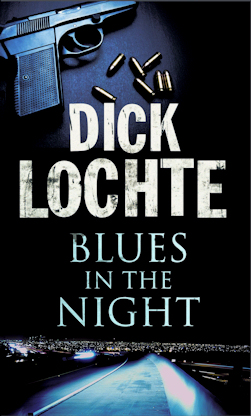
Chloe Aridjis
Asunder
Chatto & Windus, 2013
Marie, the narrator of this story, is a museum guard at the London National Gallery. She tries to be discreet around, silently pacing the halls. Marie dresses in a gray uniform, being away from the public and art objects. She is responsible to see that no one is coming too close to the exhibits. But for her nine-year career she rarely had to raise her voice and pull up some of the visitors.
Marie is living with a woman named Jane, a public relations manager of a small record label. They are not a friends, simply share the apartment. In the evening, Marie is engaged in her art project, building a miniature landscape of eggshells and dead moths. On weekends, Marie walks alone, inspecting various parts of London, walking through the market, sometimes meet with a few friends.
Among them is Daniel, a middle-aged former museum guard with an interesting history. He and Marie met, both being as security guards, but Daniel later was fired because he created a lot of noise when walking.
The novel plot consists of the individual vignettes, scenes, thoughts of the heroine of the book. Here dies suddenly at work Marie’s colleague, 69-year-old security guard. Marie and Jane win the lottery ticket with a prize of a trip to a strange cathedral town. They are staying at the hotel, but at the first night there they notice a madman outside who knocks on the window. One of the most striking parts of the book is Marie’s memories of her great-grandfather Ted, who also worked as a museum guard.
The life of the protagonist, Marie, a straight line with a minimum of vibrations/events, but the book is glued together from fragments of life, each of which could be a separate novella. Almost missing plot of the novel is a reflection of the special eventness of the world of
Asunder. There is not a driving force, which usually drags the novel forward, but that does not mean that the novel is static.
Chloe Aridjis created a world of modern London, but such one that it seems unreal. Almost all of the events of the book take place in the mind of the protagonist, and London is the continuation of the heroine, not a separate space. Aridjis inserts details in the novel, pointing to the fact that the action takes place in our time, but all the time it seems that this novel is a fantasy, and everything that happens happens in a parallel world. This contributes to the Gothic elements of individual vignettes, such as: visit to the French chateau, the history of imprisonment of a suffragette or even Marie’s hobby.
Otherworldliness of the plot is also due to the fact that Marie almost doesn’t communicate with anyone in the book. She has friends and acquaintances, she is valued at the gallery, she even corresponded with a criminal serving a sentence, but thiese relationships are not tortuous, but forced. Marie, it seems, does not need anybody, her communication to the world is purely an act of courtesy to the world: it asked, I answered. In the book there is a minimum of dialogue, and even when Marie is around someone, they do not always talk.
Asunder is a fascinating book about loneliness, which may have to be not to everyone's taste, but each certainly appreciate Aridjis’ seductive use of language. The novel does not give answers to questions about the nature of loneliness, it is only, as an object of art, shows a snapshot of reality, one that the author sees, and gives the reader to consider desirable in the created.
This book, like a unusual paiting, can be watched for hours - it is something close to perfection.












